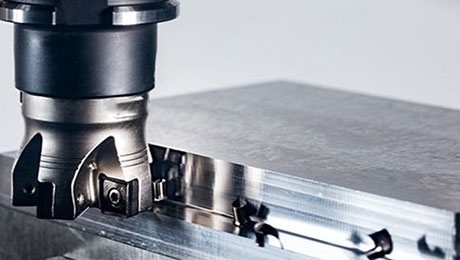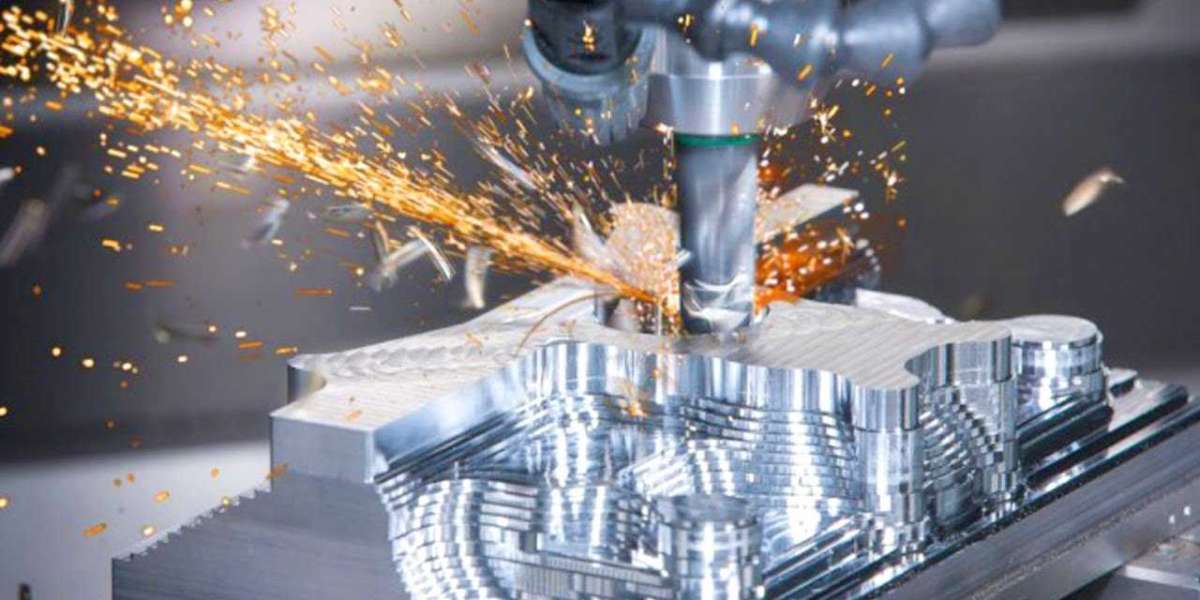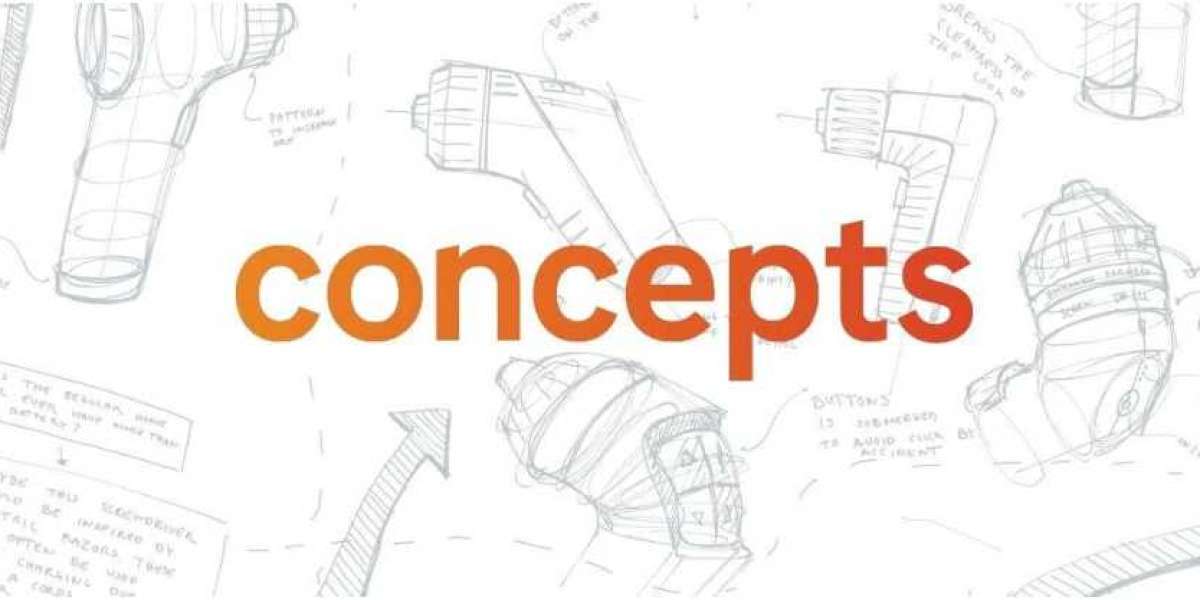Within the realm of robotics, concerns regarding the materials that are currently available are of the utmost significance. In addition to this, the motor stipulates that they must be light enough that the steering wheel can be used to control them. To fulfill these requirements, there are some types of materials that are better suited than others, and those types of materials include the following categories:.
1. The material's strength is disproportionate to its weight, and it can be easily machined. 2. The material can be easily machined. In addition to that, it results in the production of a marginal amount of trash. It is best suited for use with smaller and medium-sized robots because in order brass CNC machining for larger robots to complete heavy lifting, materials that are more robust are required. This makes it most suitable for use with smaller and medium-sized robots. Because of this, it is suitable for use with robots that are either small or medium in size.
2. Steel
The higher density of steel, in comparison to the density of aluminum, is one factor that contributes to the superior strength and durability of the material.Because of this, it is an excellent choice for the construction of large robots that are capable of lifting a considerable amount of weight.Because of its high level of impact resistance and its high level of stiffness, it is an excellent choice for activities that involve heavy lifting. This is due to the fact that it is a very stiff material.POM is an abbreviation that is commonly used to refer to polyoxymethylene, which is a type of polymer that can be worked with in a variety of different ways.In addition to this, it possesses a high stiffness as well as good dimensional stability, both of which are essential qualities for the construction of robots that are capable of precise motion. Additionally, it possesses a good dimensional stability, which is essential for the construction of robots that are capable of precise motion.The material's ability to maintain its dimensions over time is of utmost significance.

4. Its yield strength is close to 5000 pounds per square inch, which is an indication of its strength and durability. 5. Its tensile strength is close to 5000 pounds per square inch. Its density is lower than that of aluminum and steel, and in addition to having a lower density than those two materials, it is also resistant to the effects of impact. Because of the characteristics that they have, they make an excellent choice for use as components on small robots that are designed to carry out tasks that are repetitive. This makes them an excellent choice for use as components on small robots. After having its exterior stripped away, ASIMO revealed excellent craftsmanship in every aspect, such as precise wire guidance, which resulted in the formation of a highway for the flow of information and electricity, resulting in this incredible robot being brimming with life. After the exterior was stripped away, ASIMO was revealed.

What purpose do the wires serve?In an electrical system, this is by far the most crucial function that a wire guide is responsible for performing. If the mechanical parts move while the wires are still connected, there will typically be some differences in the lengths of the wires. This is because the mechanical parts are moving while the wires are still connected. As a consequence of this, your design needs to take into consideration these variations in order for it to operate effectively.
Following the completion of the first requirement, we are now able to move on to the second one, which is a mechanism for releasing tension in the system. Pulling wires as the design develops does not present any significant challenges; this ability can be put to use, for instance, in testing the tensile strength of electrical connectors or in producing acute bends. Particularly in today's lead-free solders that are compliant with the RoHS standards, the joints are brittle and can only withstand a very small amount of strain. This is especially true in the case of solder joints.
By directing the cables and wires away from the splices and connectors, a dependable wire guide will make it easier to put together the component parts in a single motion. The only things that require your attention are the bosses of the screws that are found inside the case. Other than that, you should be fine. These guides will provide you with everything else you require in order to design the case for a wide variety of different projects. The additional components might not be all that pleasing to the eye, but they will undoubtedly drive up the overall cost of the assembly and make it take significantly more time.
It has already been mentioned that the strain relief itself is a significant requirement for many wire guides. Because of this, it is recommended that the strain relief wire guide be the first wire guide point after the connector. This is due to the fact that it is in the best interest of the wires to have the tension released as quickly as is humanly possible. To make the strain relief guides that are most frequently utilized, pinch the wire between the post and the horseshoe. The wire will end up having a double bend as a consequence of this. On the other hand, it is essential to generate a sufficient amount of friction between the two components in order to stop the wire from moving. This is the only way to accomplish this goal. However, when designing components in which the wire is bent multiple times, the bend radius needs to be at least eight times the thickness of the wire.
The generation of sufficient friction to maintain the wire in its present location was the second essential component of the design. Despite the fact that the formula is simple to comprehend, it is imperative What is 3D Printing that the intricate interactions that are necessary between the various components not be neglected. Because of the direct impact that this has on the amount of strain that is reduced, it is in your best interest to use the smallest bend radii that are possible in your design. This is because of the direct impact that this has on the amount of strain that is reduced. This is due to the direct impact that this has on the amount of strain that is reduced, which is the primary reason for this.
Fixed-Wire Guide Made of Thermoplastic Made of the MaterialA thermoformed key that is placed at the top of the wire can serve as a secure guide in circumstances in which the wire will be kept in place indefinitely and must remain secure. This can reduce the likelihood that the wire will become dislodged. If the wire is going to be left in place for an indefinite period of time, it needs to be safe. Because of this, it is abundantly clear that you will have to incorporate additional safety measures into the overall layout of your product.
In order to make the assembly of any wire guide as uncomplicated and uncomplicating as is humanly possible, snap-in wire guide assemblies are required to make use of snap-on wire guides. These assemblies are designed to make the assembly of any wire guide as straightforward and uncomplicating as is humanly possible. Grip GuideThe design of the Grip Guide is very similar to that of the snap-on, and it will securely hold the wires away from your mechanical components so that assembly will be much simpler. This design is very similar to that of the snap-on. This design is quite analogous to that of the snap-on in many respects. Even better, the designs are ideal for ribbon cables, which need a significant number of individual cables in order to function correctly. The designs can accommodate this need perfectly. These designs have the capacity to easily accommodate all of those cables. Even though the zip tie has a high breaking strength, it will still break if it comes into contact with any sharp edges. It is recommended that the use of zip ties be limited, and in the majority of instances, they should not be used for anything other than the creation of prototypes.








